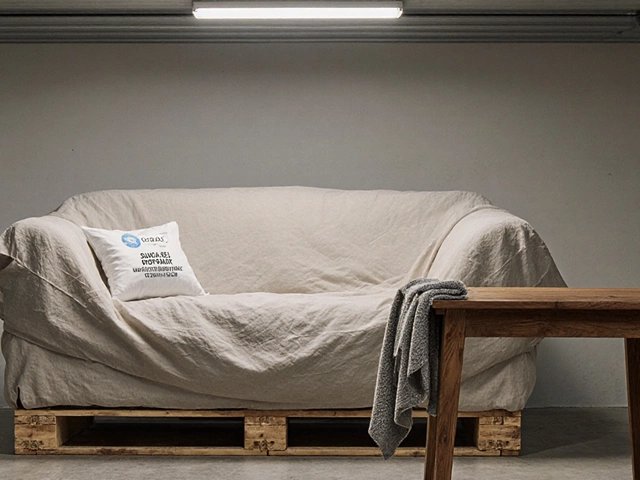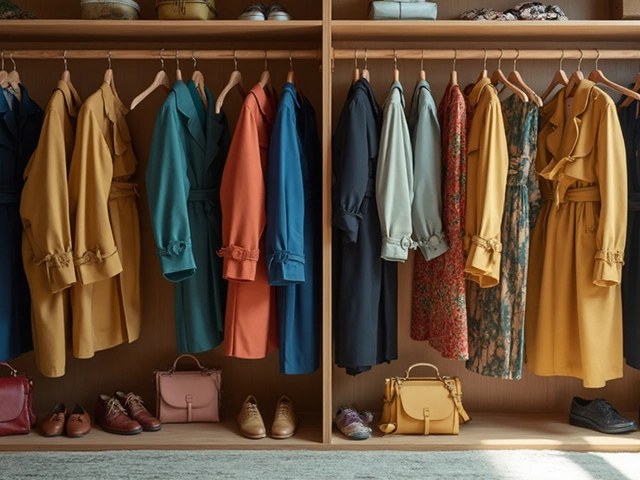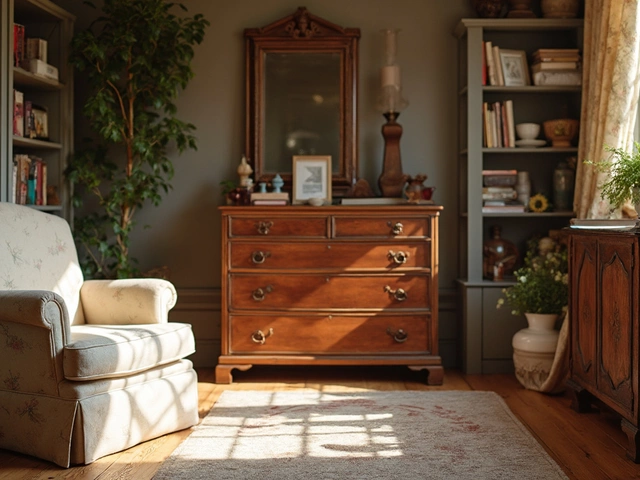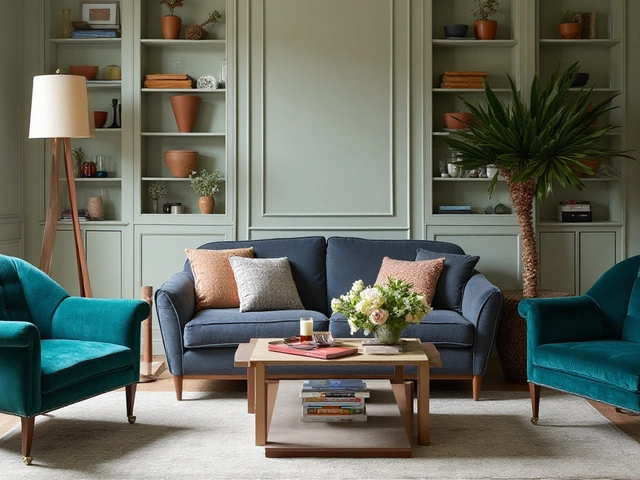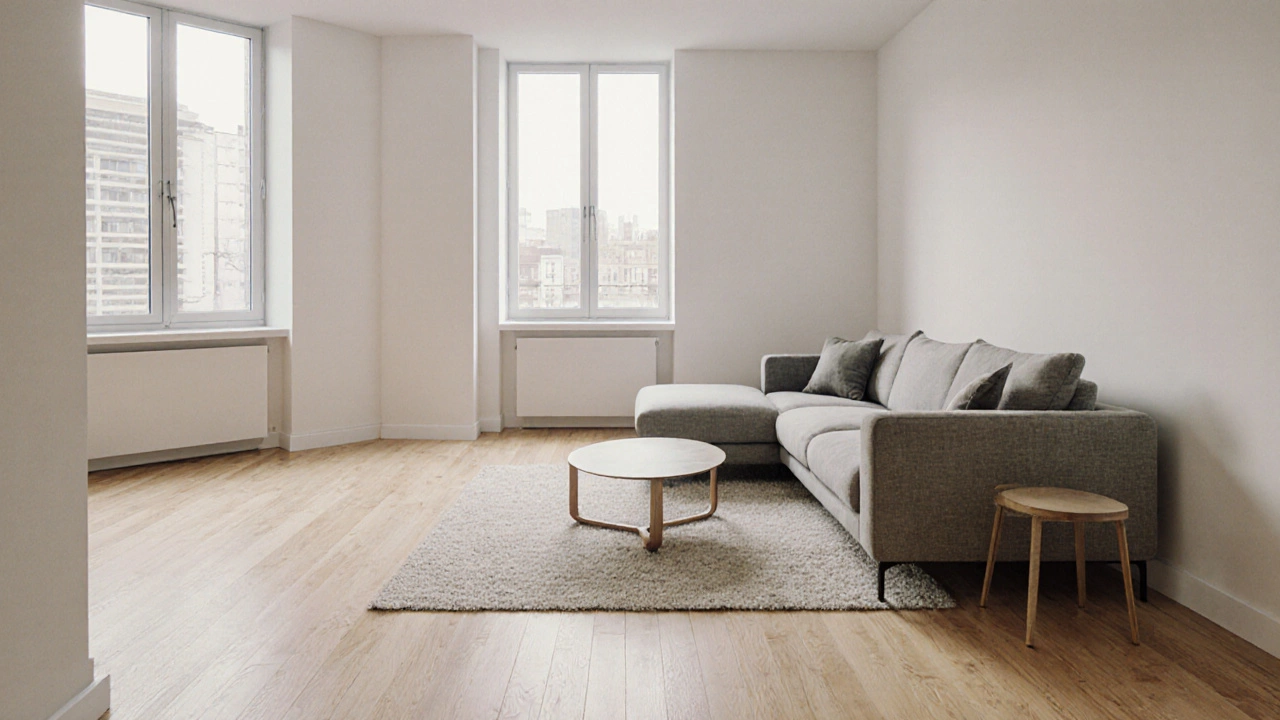 16
Oct,2025
16
Oct,2025
Corner Sofa Placement Calculator
Room Space Assessment
Determine if your living room can accommodate a corner sofa placed in the center based on the article's recommended space requirements.
Ever walked into a living room and wondered why the corner sofa is glued to the wall? Maybe you’ve seen Instagram feeds where a L‑shaped sectional sits smack‑dab in the middle, turning the whole room into a cozy island. If you’re debating whether to do the same, you’re not alone. Below we’ll walk through the key questions, practical steps, and design tricks that let you decide if a corner sofa placement works for your space.
What a Corner Sofa Actually Is
Corner sofa is a large, L‑shaped seating piece that wraps around two walls or occupies a corner of a room. It often combines a longer chaise with a shorter seat, creating a built‑in lounge area. Because of its shape, interior designers traditionally push it against a wall to free up floor space. But that rule isn’t set in stone.
Why Most People Stick It Against a Wall
Placing a corner sofa against a wall feels safe for three reasons:
- It creates a clear focal point that anchors the room’s visual flow.
- It leaves the central area open for traffic, making a traffic pattern easier to read.
- It reduces the risk of the sofa blocking windows or doors.
All valid, but not the only way to think about it.
When Putting a Corner Sofa in the Middle Makes Sense
Turning the sofa into a room centerpiece works best when you meet a few conditions:
- The room is spacious enough to accommodate the sofa’s footprint without choking the flow.
- You want a focal point that draws the eye inward, rather than outward to a TV or fireplace.
- You plan to use the sofa as a social hub, with coffee tables and side tables orbiting it like planets.
If those sound like your goals, you’re probably ready to experiment.
Assessing Your Space - The First Step
Before you yank the sofa out of its usual spot, grab a tape measure and sketch a quick floor plan. Here’s what to look for:
- Room dimensions: A minimum of 15‑ft×12‑ft (≈180sqft) gives enough breathing room for a typical 9‑ft‑wide corner sofa placed centrally.
- Clearance for traffic: Aim for at least 3‑ft pathways around the sofa. This aligns with best practices in space planning.
- Window and door locations: Ensure the sofa doesn’t hide natural light or block exit routes.
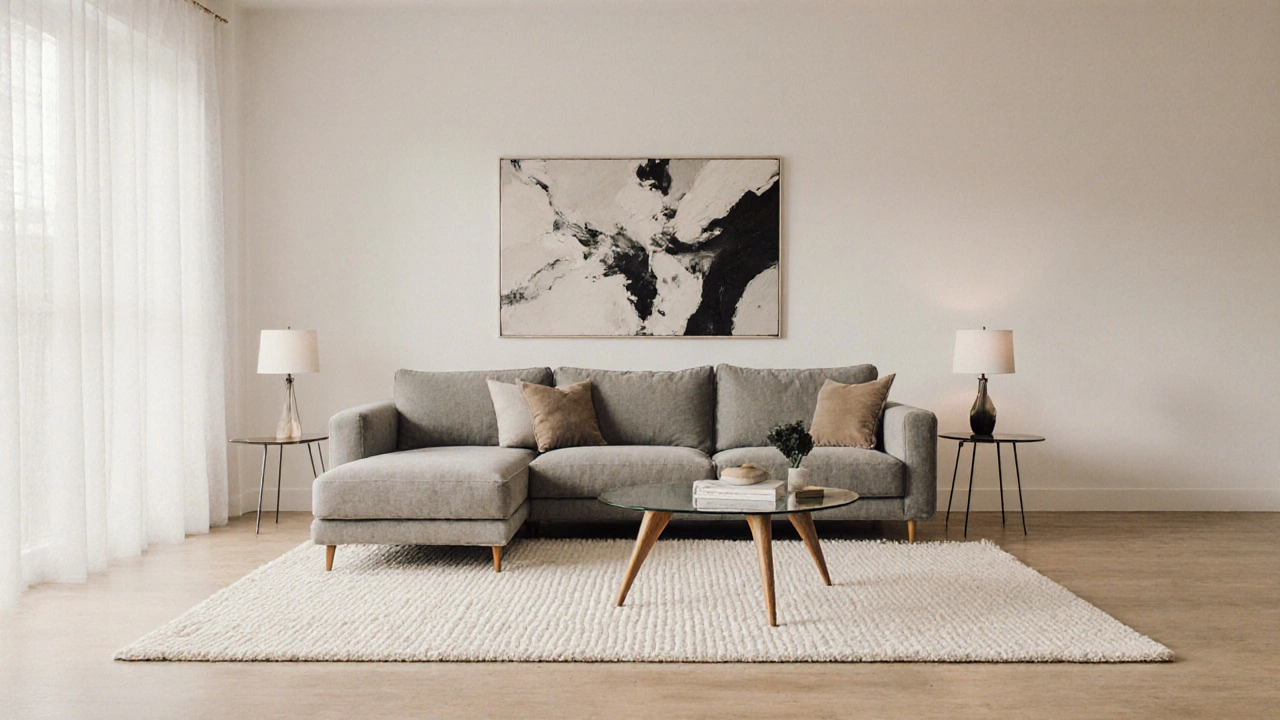
Design Strategies to Make a Centered Corner Sofa Work
Even if you meet the size criteria, the room can feel cramped without a few design tricks:
1. Anchor with a Rug
Lay a large area rug (preferably 9‑ft×12‑ft) under the entire sofa and coffee table. The rug defines the seating island and visually separates it from the rest of the floor.
2. Use a Low‑Profile Coffee Table
Choose a coffee table that’s about 2‑ft high and sits within the sofa’s L‑shape. This keeps sightlines open and makes the space feel airy.
3. Add Side Tables on Both Ends
Side tables on the short and long ends give you places to set lamps, drinks, or books. They also break up the sofa’s mass, preventing it from looking like a wall.
4. Create a Secondary Focal Point
If the TV or fireplace is now off‑center, consider a piece of art or a statement lighting fixture that balances the layout.
5. Keep the traffic pattern Open
Arrange chairs or poufs around the outside of the sofa island so people can walk around it without squeezing through the middle.
Common Pitfalls and How to Avoid Them
Even with careful planning, a few mistakes can turn your bold move into a disaster:
- Too many accessories: Over‑crowding the island with décor clutters the space. Stick to two or three functional pieces.
- Ignoring the scale of the sofa: A massive, deep‑seat corner sofa can dominate a modest room. If you have a smaller space, opt for a modular sofa that lets you adjust depth.
- Blocking natural light: Place the sofa far enough from windows so sunlight can still flood the room.
Quick Checklist Before You Move the Sofa
- Measure room dimensions and verify clearance (≥3ft around the sofa).
- Check window and door positions for light and egress.
- Select a rug that fits the entire seating island.
- Choose a coffee table no taller than 18in.
- Plan side tables and secondary focal points to balance the layout.
- Make sure the traffic pattern remains clear.
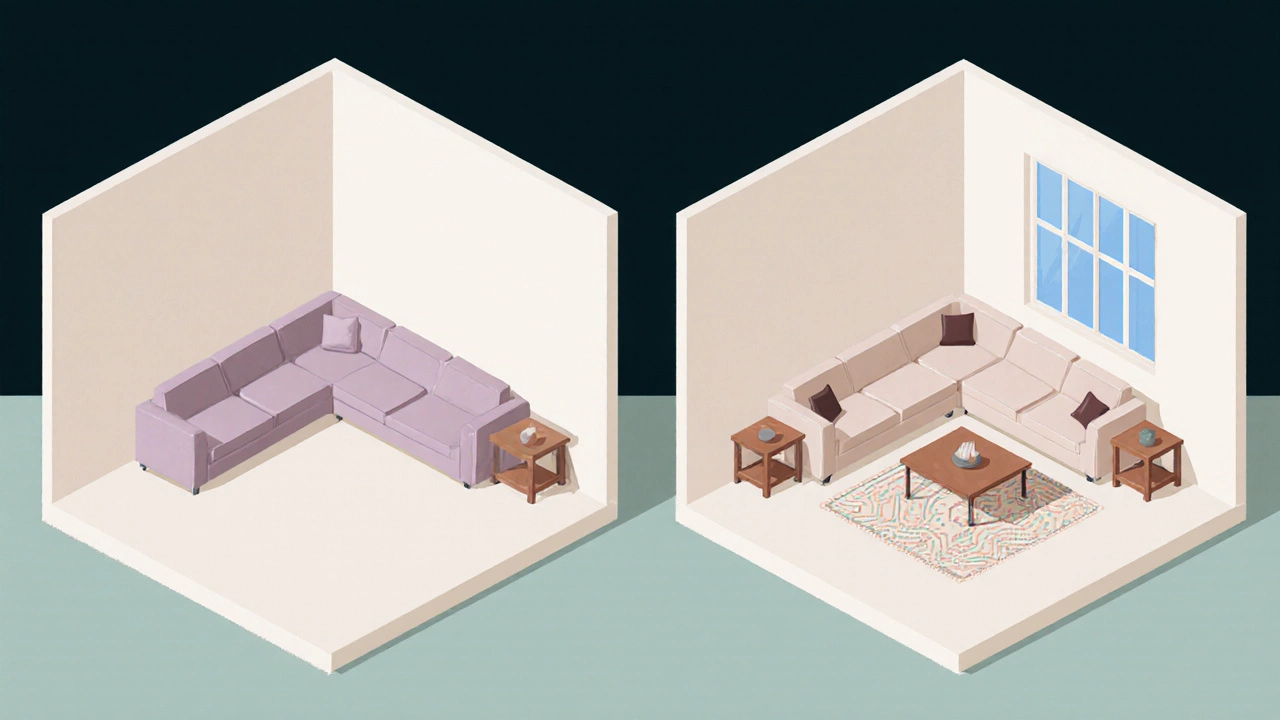
Comparison Table: Traditional Wall Placement vs. Center Island
| Aspect | Wall‑Mounted | Center Island |
|---|---|---|
| Space Efficiency | Maximizes open floor area | Consumes more central space |
| Visual Focal Point | Creates a wall‑anchored focal point | Turns sofa into a room centerpiece |
| Traffic Flow | Clear pathways around edges | Requires wider aisles (≥3ft) |
| Social Interaction | Seats are spread along walls | Encourages face‑to‑face seating |
| Design Flexibility | Limited to wall‑adjacent décor | Allows rug, coffee table, and accessories as a hub |
Real‑World Examples
Case 1: A 20‑ft×15‑ft Melbourne apartment used a 9‑ft L‑shaped corner sofa as a central island. They placed a 10‑ft striped rug underneath, a low glass coffee table, and two mid‑century side tables. The result? A lively conversation zone that feels larger because the eye is drawn inward.
Case 2: A 12‑ft×10‑ft suburban living room kept the corner sofa against the wall. With a TV on the opposite wall, the layout felt balanced and left enough room for a kids’ play area.
Both work; the key difference is the room’s scale and how you want the space to feel.
Bottom Line - Should You Move It?
If your room meets the size and clearance thresholds, and you crave a social hub rather than a movie‑watching focus, go ahead and place the corner sofa in the middle. Pair it with a rug, a low coffee table, and thoughtful side tables, and you’ll have a functional, stylish island that invites conversation.
If the room feels cramped or you need the sofa to hide a TV, stick with the traditional wall placement. Remember, furniture is meant to serve your lifestyle-there’s no one‑size‑fits‑all rule.
Frequently Asked Questions
Can a corner sofa work in a small room?
In a room smaller than 180sqft, a full‑size corner sofa placed centrally will likely block traffic. Opt for a smaller modular piece or keep it against a wall.
What rug size should I use under a centered corner sofa?
Choose a rug that extends at least 24‑in beyond each arm of the sofa. For a typical 9‑ft L‑shape, a 10‑ft×12‑ft rug works well.
Will a centered corner sofa affect my TV viewing?
If the TV is wall‑mounted, a central sofa can push the viewing distance farther away. Check the recommended viewing distance (roughly 1.5‑2.5× the screen width) before finalizing.
How do I keep the room feeling balanced?
Balance the sofa island with a secondary focal point-like a piece of art, a floor lamp, or a bookshelf-on the opposite side of the room.
Is a low coffee table better than a tall one?
A low (≈16‑18in) coffee table keeps sightlines open and makes the seating island feel lighter, especially when the sofa is centrally placed.
